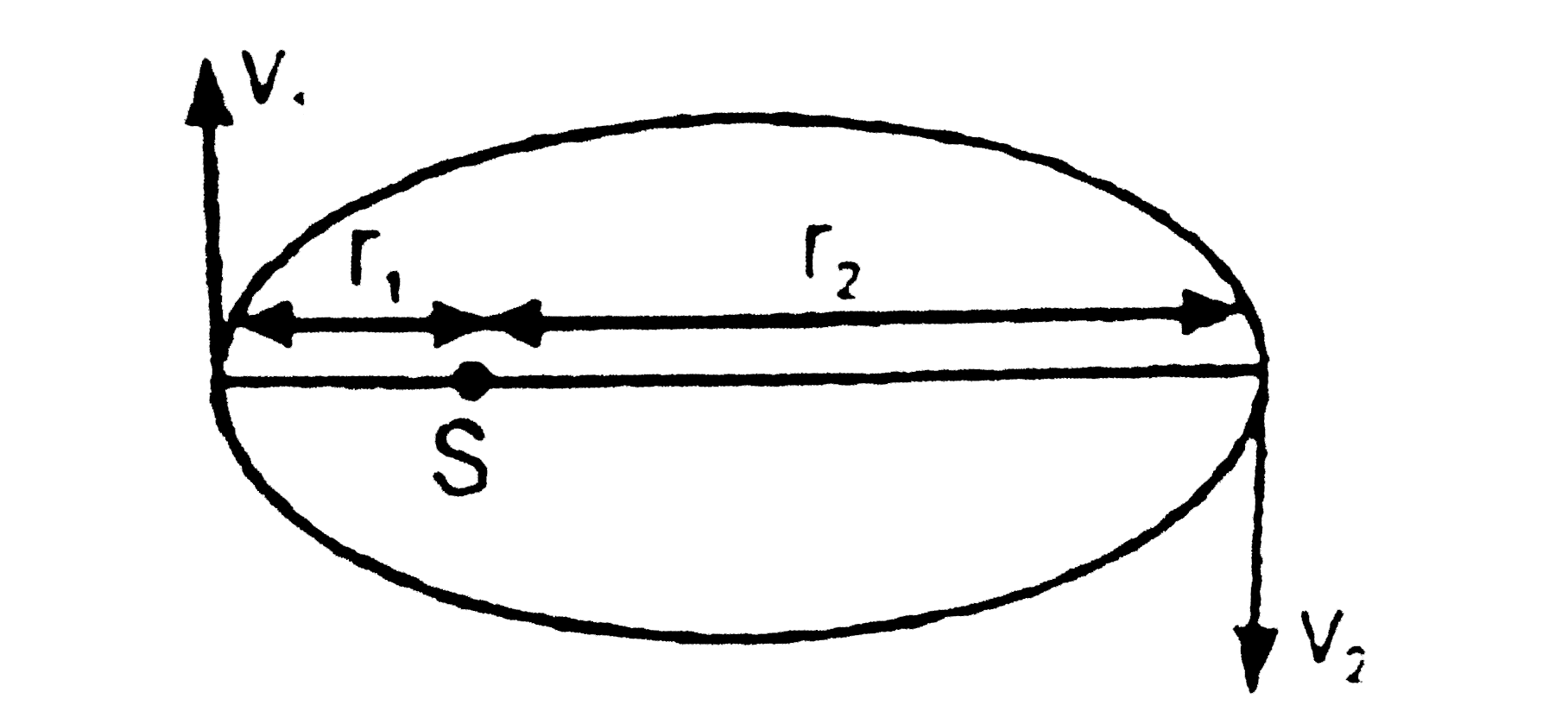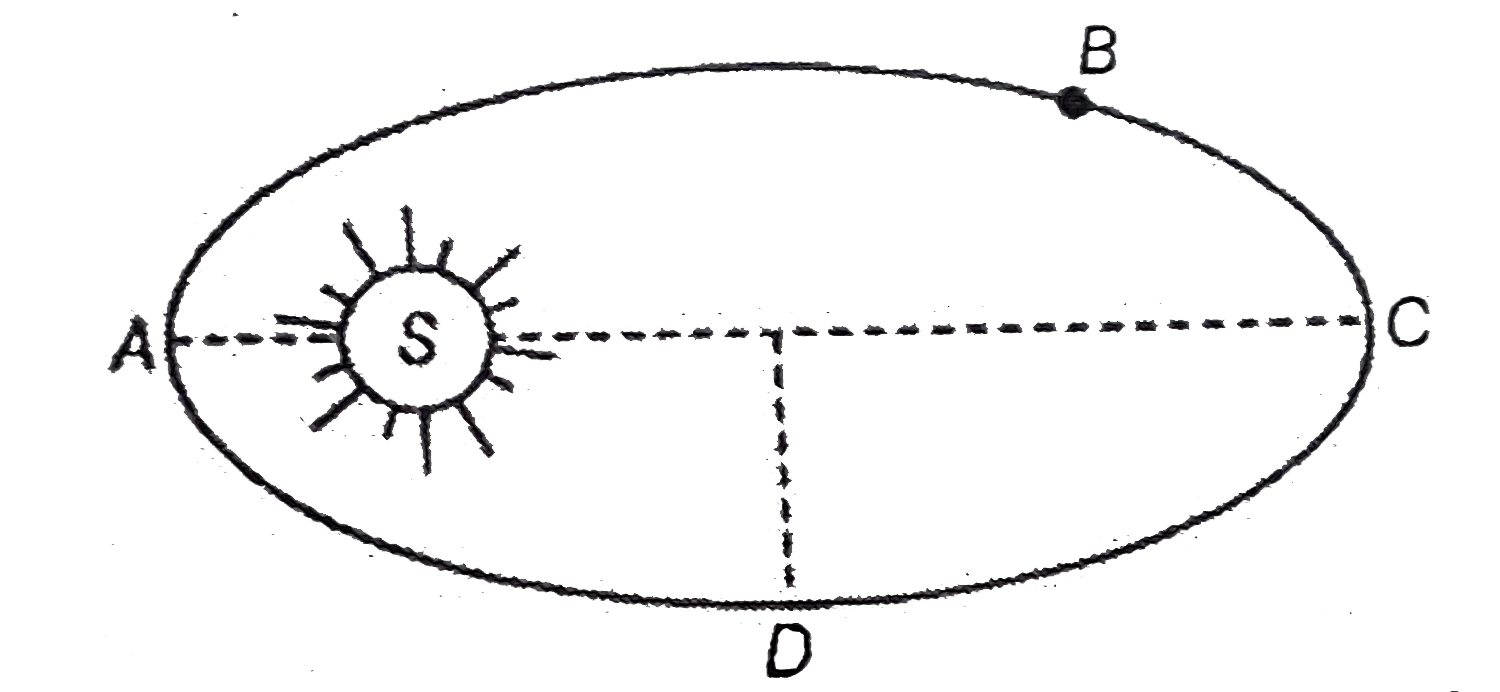A planet revolves in an ellipticle orbit around the sun. the semimjor and semiminor axis are a and b. How time-period is related with them?
T2∝a3.
Topper's Solved these Questions
- GRAVIATIONBOOK - PRADEEPCHAPTER - GRAVIATIONEXERCISE - VERY SHORT ANS. QUESTIONS
55 Videos
- GRAVIATIONBOOK - PRADEEPCHAPTER - GRAVIATIONEXERCISE - VERY SHORT ANS. QUESTIONS II.
1 Videos
- GRAVIATIONBOOK - PRADEEPCHAPTER - GRAVIATIONEXERCISE - CONCEPTUAL PROBLEMS V.
1 Videos
- BEHAVIOUR OF PERFECT GAS & KINETIC THEORYBOOK - PRADEEPCHAPTER - BEHAVIOUR OF PERFECT GAS & KINETIC THEORYEXERCISE - Assertion - Reason Type questions
14 Videos
- KINEMATICSBOOK - PRADEEPCHAPTER - KINEMATICSEXERCISE - 1 NCERT Comprehension
4 Videos
Similar Questions
Knowledge Check
A planet revolves in an elliptical orbit around the sun. The semi-major and minor axes are a and b , then the time period is given by :
AT2∝b3BT2∝(a+b2)3CT2∝a3DT2∝(a−b2)3For motiion of planets in ellipticla orbits around the sun the central force is
Athe force on the plantet along the vector joining the sun and the planetBthe force on the sun along the vector joining the sun and the other focus of the ellipseCthe force on the planet along the line joining focus of the ellipseDnone of the aboveA planet is revolving in an elliptical orbit around the sun as shown in the figure. The areal velocity (area swapped by the radius vector with respect to sun in unit time) is:
 A14r2v2B12v1v1C12v1r21r2Ddependent on the position of planet from sun
A14r2v2B12v1v1C12v1r21r2Ddependent on the position of planet from sun
A planet revolves round the sun in an elliptical orbit of semi minor and semi major axes x and y respectively. Then the time period of revolution is proportional to
View SolutionA planet revolves in elliptical orbit around the sun. (see figure). The linear speed of the planet will be maximum at

View SolutionA planet is revolving in an elliptical orbit around the sun. Its closest distance from the sun is r and the farthest distance is R. If the velocity of the planet nearest to the sun be v and that farthest away from the sun be V. then v/V is
View SolutionFor a planet revolving around sun, if a and b are the respective semi-major and semi-minor axes, then the square of its time period is proportional to
View SolutionA planet of mass m is moving around the sun in an elliptical orbit of semi-major axis a :
View Solution
